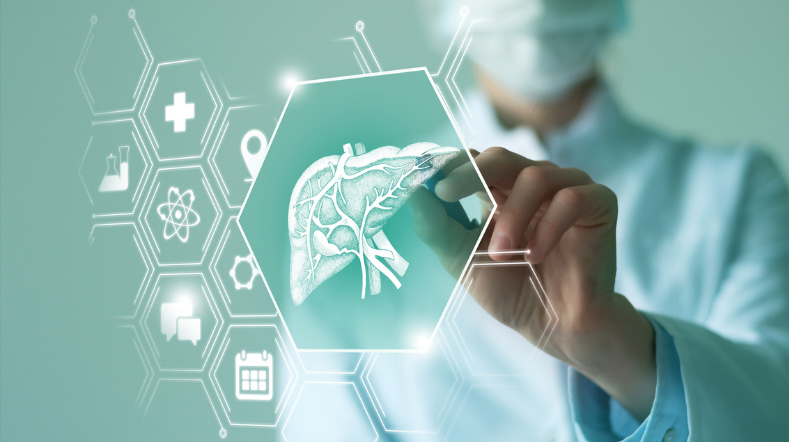Sensor mat: contact-free measurement of vital bodily signs
Measuring a person’s vital signs, such as their heart rate and respiration, usually only provides a snapshot and always involves attaching equipment to their body. Wouldn’t it be great if we could continuously monitor babies at home or patients in a hospital, for example, without the need for any plasters, tubes, or wires? This is now possible thanks to the sensor mat, developed by TNO at the Holst Centre.
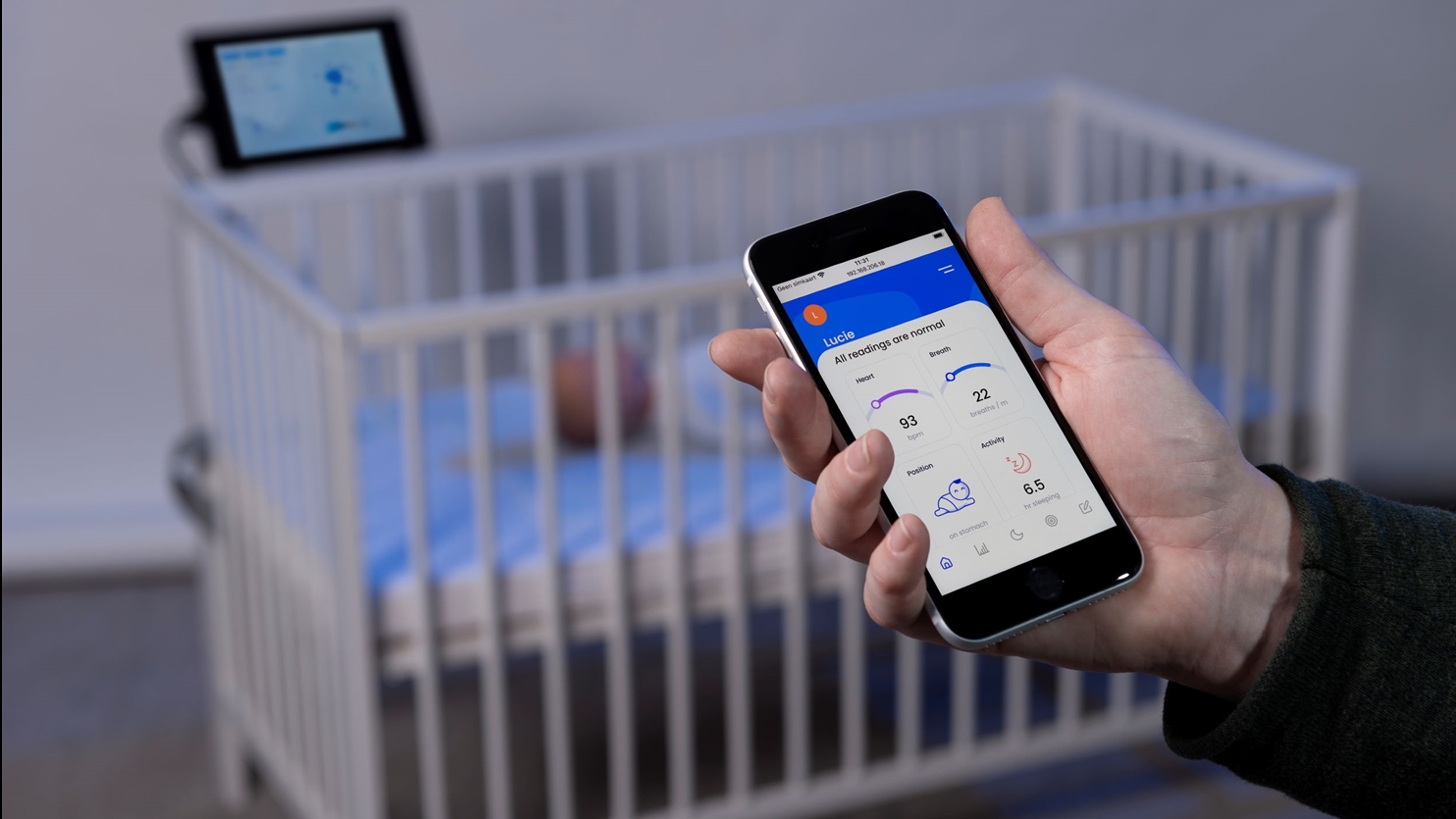
Heart rate, respiration, position
The mat contains numerous sensors, which have been printed onto an ultra-thin film incorporated into or laid under a special mattress. Apart from heart rate and respiration, they can also detect a person’s position and movements. By measuring body pressure at many different points across the hypersensitive mat, it is possible to deduce whether or not a baby is sleeping peacefully, for example. Parents get accurate, real-time information on their smartphone about how their child is lying and breathing. The next step will involve adding sensors to measure blood pressure, body temperature, and humidity.
Comfortable method
The sensor mat is based on printed electronics technology, one of TNO’s particular specialisms at the Holst Centre. This technology allows sensors to be applied to a large, ultra-thin surface. Several hundred so-called piezoelectric sensors have been printed onto the mat. Because the substrate is soft and flexible, it is comfortable for the patient. The sensor mat allows the contact-free measurement of vital signs and activities without the patient noticing anything. Besides a bed, the sensor mat could also be integrated into the seat and back of an office chair or car seat to monitor functions, activities, or alertness.
Measuring over a longer period
Real-time information about the condition of a child or patient is useful, but collecting such data over a longer period opens up many more applications. A clear picture emerges of sleep behaviour, growth, and other key indicators of a person’s health and patterns can be identified. These, in turn, can be a predictor of possible health conditions. Thanks to TNO’s in-depth knowledge of ICT and smart algorithms, the data can be collected and used completely securely.
Monitoring patients at home
The sensor mat can potentially play an important role in healthcare and in reducing costs. In many cases bedridden patients will be able to return home more quickly, as it will be possible to monitor them constantly in a contact-free way. Another possible application will be to incorporate the flexible and stretchable printed sensors into the clothing of elite athletes, so that the data obtained can be used to improve their performance.
Get inspired
TNO develops ultrasound patch for organ monitoring
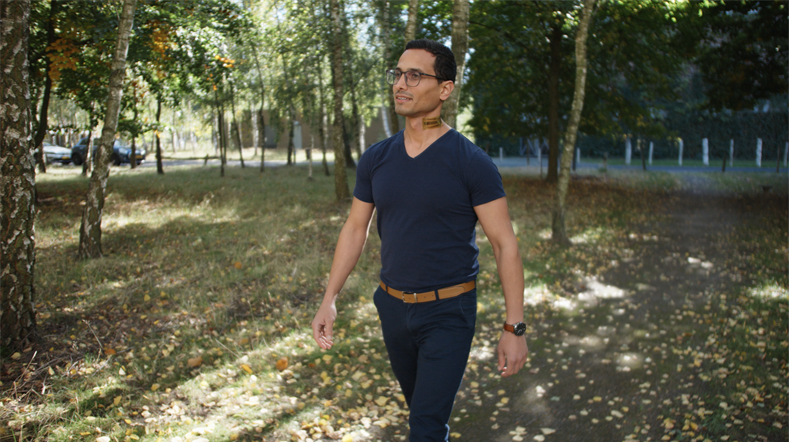

TNO launches Peregrion to boost market impact of its technology that accelerates medicine development
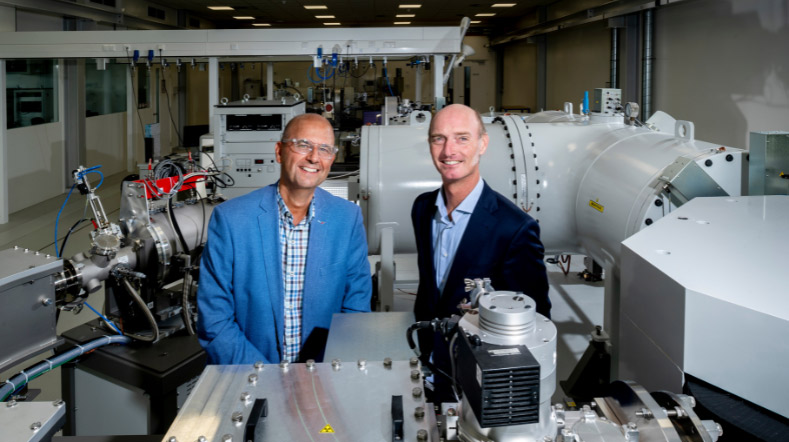

TNO Annual Report 2023: Innovating, researching and orchestrating
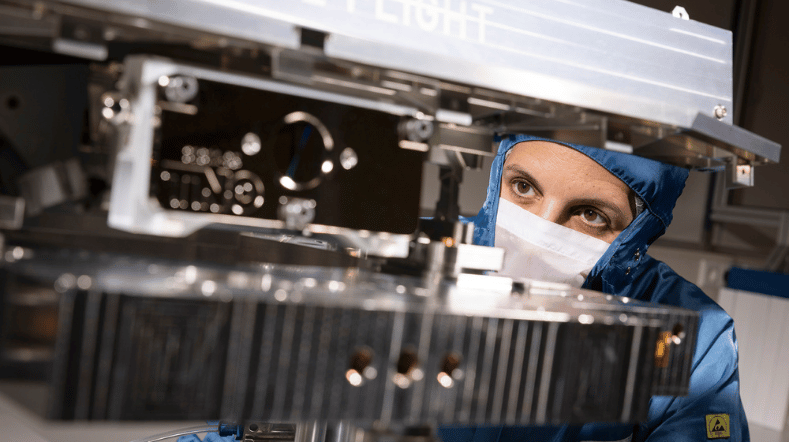

International Women’s Day 2024
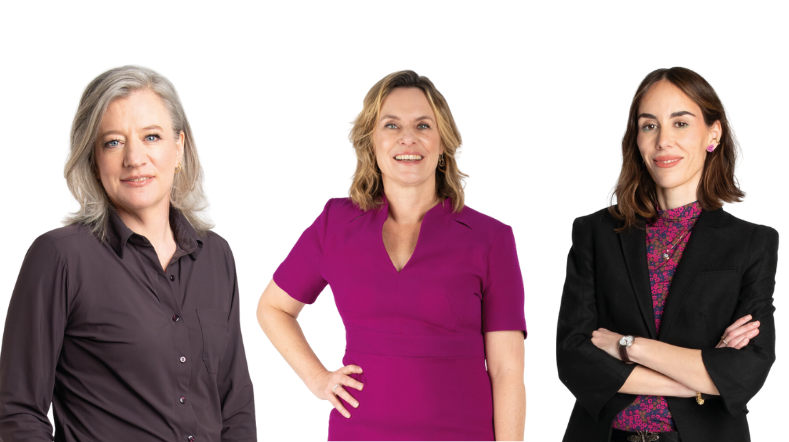

PPP uncovers new insights into MASLD development
